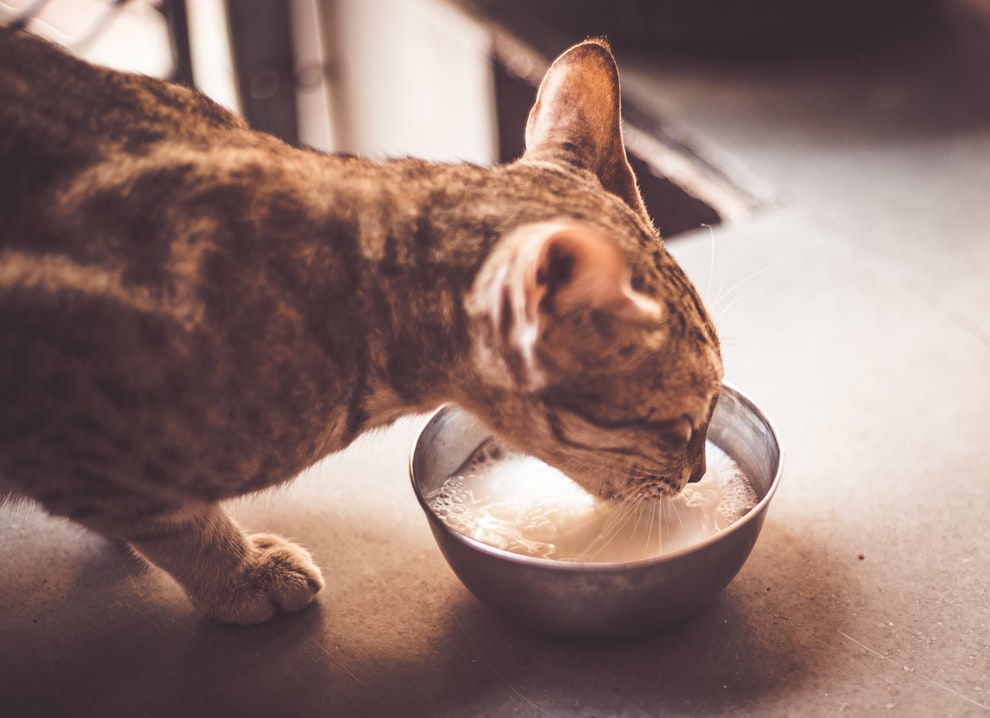
Anyone who’s ever watched a cat at play understands that felines are natural hunters. They may live under our roofs, but their bodies still consume nutrients like the hunters from which they’ve evolved. Cats are true carnivores, which means their digestive system only tolerates meat, unlike omnivorous humans and dogs. In other words, cats’ nutritional… Read more »


